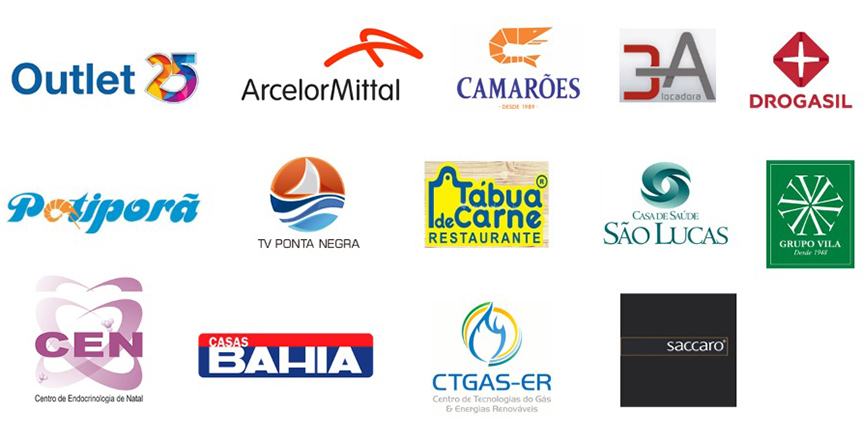

Instead, focus on taking small steps to build some of them into your routine. Try talking to your treatment sponsor, accountability partner, or member of a peer support group. Still, there are things you can do to manage these symptoms and minimize their scared of being sober impact on your life. Symptoms can also seem to resemble a late withdrawal, as some treatment professionals have pointed out. The syndrome often incorporates deleterious cognitive changes, which impair normal academic and professional functioning.
There are many different rehab programs out there, so finding one that meets the unique needs of a person struggling with addiction is possible. In addition, the early stages of sobriety are overwhelming and emotional. Many people use alcohol to numb the pain and push off emotions they did not want to deal with.
The dry drunk syndrome (DDS) may sound like an oxymoron, but this syndrome is genuine and is more common than one might think. The term “dry drunk” is used to describe a person who has stayed away from alcohol for some time but continues to behave as if he or she is still addicted. Today the term dry drunk may apply to anyone who goes through a substance abuse rehab program without a full commitment to recovery. While dry drunks can be a product of mandated treatment, many people who choose to receive treatment think that treatment alone is all that is necessary to achieve lasting sobriety. Read on to learn how to spot a “dry drunk” or “dry alcoholic” and why it’s so important to be fully committed to sobriety when going through a recovery program.
The term dry drunk first appeared in the 1983 book The Dry Drunk Syndrome, by R.J. The term originally referred to a person who had quit drinking but did not adopt the mindset of a successful AA member. It’s also crucial to identify and manage other mental health issues like depression, anxiety, PTSD, or anything else that may have sparked a relationship to alcohol as a coping mechanism.
If you’re already coping with depression or other mental health concerns, these symptoms might further complicate matters and make you feel even worse. This can sometimes trigger renewed alcohol use, especially in the absence of more helpful coping techniques. One potential challenge involves “dry drunk syndrome,” a slang term that originated in Alcoholics Anonymous (AA). It refers to traits and behaviors often seen with alcohol use that persist into recovery. Post-acute withdrawal syndrome thus persists as a chronic and often subclinical disorder.
If prolonged alcohol abstinence with opiate PAWS are compared, it has to be said that opiates are more unambiguously linked with protracted signs of abstinence (in 90% of all cases). More research is needed to assess PAWS diagnostic criteria, which would then be included in psychiatric diagnostic manuals. Groups like AA emphasize the ability to recover as a community and celebrate others’ successes along with one’s own. Instead, they see their peers succeeding and react with jealousy and resentment, not congratulations and unconditional support. He also spent several nights in jail for public drunkenness and disorderliness. His most recent charge resulted in mandated outpatient treatment for his alcoholism.
Specialists are standing by to make sure we find an addiction treatment option that is a good fit for you or your loved one. Attending a support group or 12-step program, such as Alcoholics Anonymous, can help as well. Having a sponsor, connecting with others in recovery, and being held accountable also help with stability in sobriety. Therapy can help an individual understand what led them to abuse alcohol, and how to manage those issues in a way that can help more than turning back to alcohol.
In other words, someone who’s sober might still “act drunk” or deal with the same issues that led them to quit drinking in the first place. When you choose to stop drinking, you’re taking a significant first step. In most cases, though, getting new life house sober is a lot more complex than simply giving up alcohol. Dry Drunk Syndrome is also known as “untreated alcoholism” in 12-step circles. In a way, the symptoms of sober drunk mimic the emotional and mental states of an alcoholic.
Talking to loved ones about what you’re experiencing and sharing as much as you feel comfortable with can help them understand your distress. This can also help you reconnect and make it easier for them to offer empathy and support when your feelings and emotions trigger thoughts of drinking. 5 expert tips to quit benzos for good fhe health While the phrase “dry drunk” is controversial, the set of symptoms it refers to are a normal part of recovery for plenty of people and nothing to be ashamed about. Learn to recognize the signs of the dry drunk or PAWS syndrome is essential because some don’t take them seriously.
Humility plays a major role in any successful recovery, and someone who cannot accept responsibility for their circumstances is unlikely to find success in their journey to sobriety. Though this may sound sophomoric, the alcoholic/addict needs to pursue another passion other than his drug of choice. Feeling good about personal accomplishments and prideful goals is strong emotional medicine for the alcoholic working on their recovery. Quitting alcohol is a necessary step for living a life of sobriety, but there is more to a successful recovery than just getting sober. Whatever the case may be, being in this chaotic emotional space can be incredibly upsetting and psychologically painful. It is often a giant “red flag” that a relapse is on the horizon if they don’t reach out for help or seek treatment options.
NOSSOS CLIENTES

